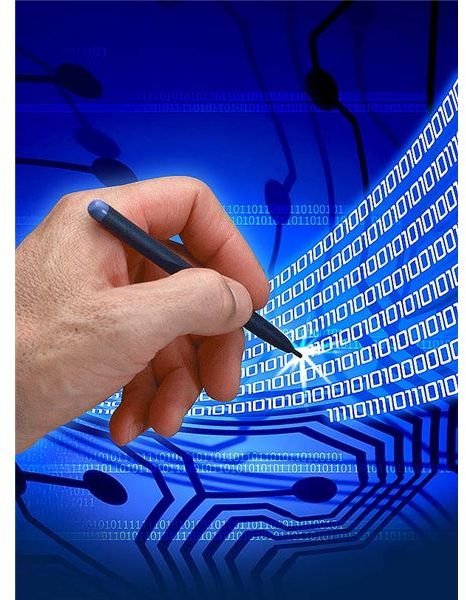How Biometric Recognition Works - What is it about? The Difference Between Identification and Validation Biometrics
What is It?
Biometric recognition is a type of method used to automatically identify or validate a person based on their unique physical or behavioral traits. The most common traits measured are the face, fingers, hand, and eye. These methods are used in business for enhanced security, prevention of fraud, and for help to prevent identity theft.
How It Works
There are a couple of similarities to obtaining biometric information, regardless if it is your face, fingers or iris. First, the system will capture your image, fingerprint or iris pattern by use of a sensor. The information is then analyzed by a computer and then translated into a graph or code with special software (other systems may record this data into a smart card).
For biometric access security systems in business locations, users would be scanned again and then compared to the information it has on file to determine if there is a match. When the information is confirmed, the user would then gain entry to a particular area or computer system.
In law enforcement, biometric data can be used as a comparison for identifying suspects in criminal investigation or for security enforcement.
Identification and Validation Biometrics
When biometric recognition is used for validation purposes, it is looking for information that will confirm that the individual is who they say they are. Aside from scanning the biometric information, users will need to input other specific information (like a username, password or other specific data). Since only a specific individual needs to be identified, this is considered a “one to one” type of search. Validation is mostly used for physical or computer access in a business.
Identification biometrics tries to determine who an individual is. This is achieved by comparing biometric records against a specific sample. The special software used by a computer system will try to find the best match and display it for analysis by law enforcement or security personnel.

There are different types of biometric recognition. These are the iris scan, retinal scan, facial recognition, speaker/voice recognition, fingerprint biometrics and hand/finger geometry. Each uses methods to analyze the unique information gathered in a specific way.
Retinal Scan
A retinal scan measures the blood vessel patterns in the back of the eye. This is obtained by shining a special light into the eye of the user. For the best accuracy, the individual has to be within inches of the retinal scan device. This method is not commonly used.
Iris Scan
The iris in every individual is different. The patterns are completely random. The iris scan takes advantage of this and measures the iris pattern on the colored part of the eye.
Facial Recognition
Facial recognition records the spatial geometry of distinguishing features of the face. It focuses on key features of the face. It is most common biometric recognition used to identify criminals, terrorists, and other types of individuals for law enforcement purposes.
Speaker and Voice Recognition
This type of biometric recognition uses voice characteristics to identify individuals using a verbal pass-phrase. Accuracy declines a bit due to this method’s sensitivity to background noise.
Fingerprint Biometrics
A biometric fingerprint is the updated version to the ink and paper fingerprint method. To take a reading, a fingertip is placed on a special plate that scans the finger’s minutiae features. This type of biometrics is commonly used in fraud prevention, law enforcement as well as a security measure for physical and computer access to a specific location or system.
Hand and Finger Geometry
This type of biometric recognition uses spatial geometry to measure the many dimensions of the hand and fingers. To get the reading, the user’s hand is placed on the scanning sensor’s surface with the fingers separated by guiding plates. These types of sensors typically measure two or three fingers when scanning.
The Future of Biometrics
Although currently the most common biometric scans read faces, fingerprints, eyes, and hands other methods are being considered for future use. In Japan, finger veins are being scanned for a more effective security measure. Since a person’s vein patterns stay the same since birth, it is considered a more accurate form of biometric recognition.
Another biometric method that may be seen in the future is DNA sampling. Whether or not it will be used remains to be seen since it may be a subject of controversy.
References
- Images from Stk.xchng website.
